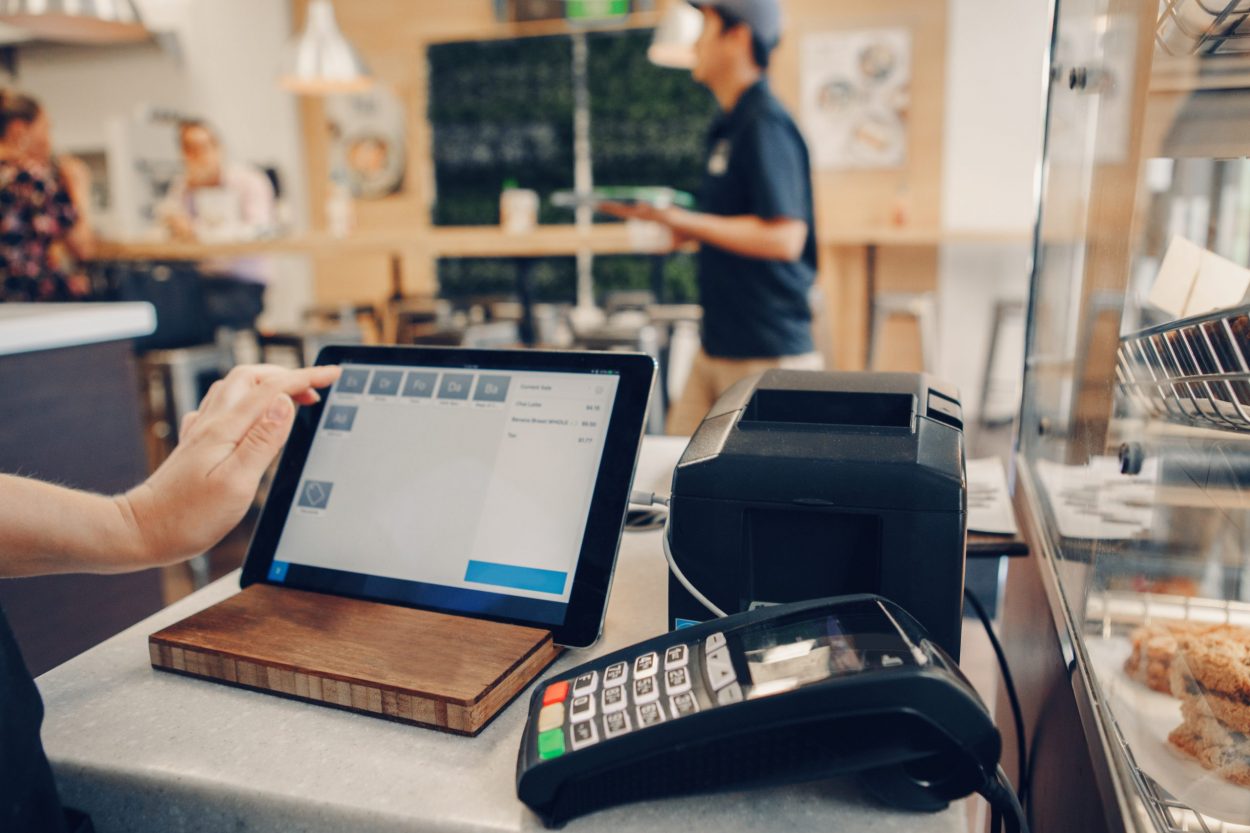In the fast-paced world of retail, delivering an exceptional customer experience is essential for success. As consumer expectations continue to evolve, retailers are turning to technology to meet these demands. Retail automation software is at the forefront of this transformation, providing tools that streamline operations, personalize interactions, and enhance overall customer satisfaction. This article explores how retail automation software enhances the customer experience and drives business growth.
Understanding Retail Automation Software
Retail automation software encompasses a range of technologies designed to automate various aspects of retail operations. This can include inventory management, customer relationship management (CRM), point-of-sale (POS) systems, and e-commerce platforms. By automating routine tasks, retailers can free up valuable time and resources, allowing them to focus on delivering a superior customer experience.
1. Streamlining Inventory Management
Effective inventory management is crucial for ensuring that customers find the products they want when they want them. Retail automation software enables retailers to automate inventory tracking, replenishment, and forecasting.
Benefits:
- Real-Time Inventory Tracking: Retailers can monitor stock levels in real time, reducing the risk of stockouts and overstock situations.
- Automated Reordering: The software can automatically reorder products when inventory levels fall below predefined thresholds, ensuring that popular items are always available.
Example:
A clothing retailer using retail automation software can quickly assess which items are selling well and automatically reorder them, ensuring that customers have access to the latest trends without delay.
2. Enhancing Customer Personalization
Personalization is key to enhancing the customer experience. Retail automation software can analyze customer data to provide tailored recommendations, promotions, and communications.
Benefits:
- Targeted Marketing Campaigns: By analyzing purchasing behavior, retailers can create personalized email campaigns and offers that resonate with individual customers.
- Product Recommendations: E-commerce platforms can suggest products based on a customer’s browsing and purchase history, making it easier for them to find items they will love.
Example:
An online retailer can leverage retail automation software to send personalized product recommendations to customers based on their previous purchases, increasing the likelihood of additional sales.
3. Improving Customer Support
Customer support is a critical component of the retail experience. Retail automation software can enhance customer support through chatbots and automated response systems.
Benefits:
- 24/7 Availability: Chatbots can provide instant support to customers at any time, answering common questions and resolving issues quickly.
- Efficient Issue Resolution: Automated systems can categorize and route customer inquiries to the appropriate support teams, ensuring faster response times.
Example:
A retailer using retail automation software can deploy a chatbot on their website to assist customers with inquiries, such as order status or return policies, without the need for human intervention.
4. Streamlining Checkout Processes
Long checkout lines can frustrate customers and lead to abandoned purchases. Retail automation software can streamline the checkout process, making it faster and more efficient.
Benefits:
- Mobile POS Systems: Retailers can use mobile devices to process transactions anywhere in the store, reducing wait times for customers.
- Contactless Payments: Automation software can facilitate various payment methods, including digital wallets and contactless payments, providing customers with convenient options.
Example:
A grocery store using retail automation software can implement mobile POS systems that allow staff to check out customers in aisles, significantly reducing checkout time and improving the shopping experience.
5. Enhancing Omnichannel Experiences
Today’s consumers expect a seamless shopping experience across all channels, whether online or in-store. Retail automation software helps retailers create an integrated omnichannel strategy.
Benefits:
- Unified Customer Profiles: Retail automation allows retailers to maintain a single customer profile that tracks interactions across all channels, ensuring personalized service regardless of where the customer shops.
- Consistent Messaging: Automation software can synchronize marketing messages and promotions across online and offline channels, providing a cohesive brand experience.
Example:
A retailer can use retail automation software to ensure that an online discount code is honored in-store, allowing customers to shop seamlessly between channels.
6. Analyzing Customer Insights
Understanding customer behavior is essential for improving the retail experience. Retail automation software provides powerful analytics tools that help retailers gain insights into customer preferences and trends.
Benefits:
- Data-Driven Decisions: Retailers can analyze sales data, customer feedback, and market trends to make informed decisions about product offerings and marketing strategies.
- Customer Segmentation: Automation software can categorize customers based on purchasing behavior, allowing for targeted marketing efforts.
Example:
By analyzing data from their retail automation software, a retailer can identify a growing trend in sustainable products and adjust their inventory to meet this demand, appealing to environmentally conscious consumers.
7. Facilitating Employee Training and Management
Effective employee training and management are crucial for delivering exceptional customer service. Retail automation software can streamline these processes, ensuring that staff are well-equipped to assist customers.
Benefits:
- Automated Training Programs: Retailers can use automation software to deliver training modules and track employee progress, ensuring that all staff are knowledgeable about products and services.
- Performance Monitoring: Automation tools can monitor employee performance metrics, helping managers identify areas for improvement and providing feedback.
Example:
A retail chain can implement retail automation software to create an onboarding program for new employees, ensuring they receive consistent training and support as they acclimate to their roles.
Conclusion
Retail automation software is a powerful tool that enhances the customer experience by streamlining operations, personalizing interactions, and improving overall efficiency. By implementing these technologies, retailers can not only meet but exceed customer expectations, driving loyalty and sales. As the retail landscape continues to evolve, embracing automation will be essential for staying competitive and delivering exceptional value to customers.

